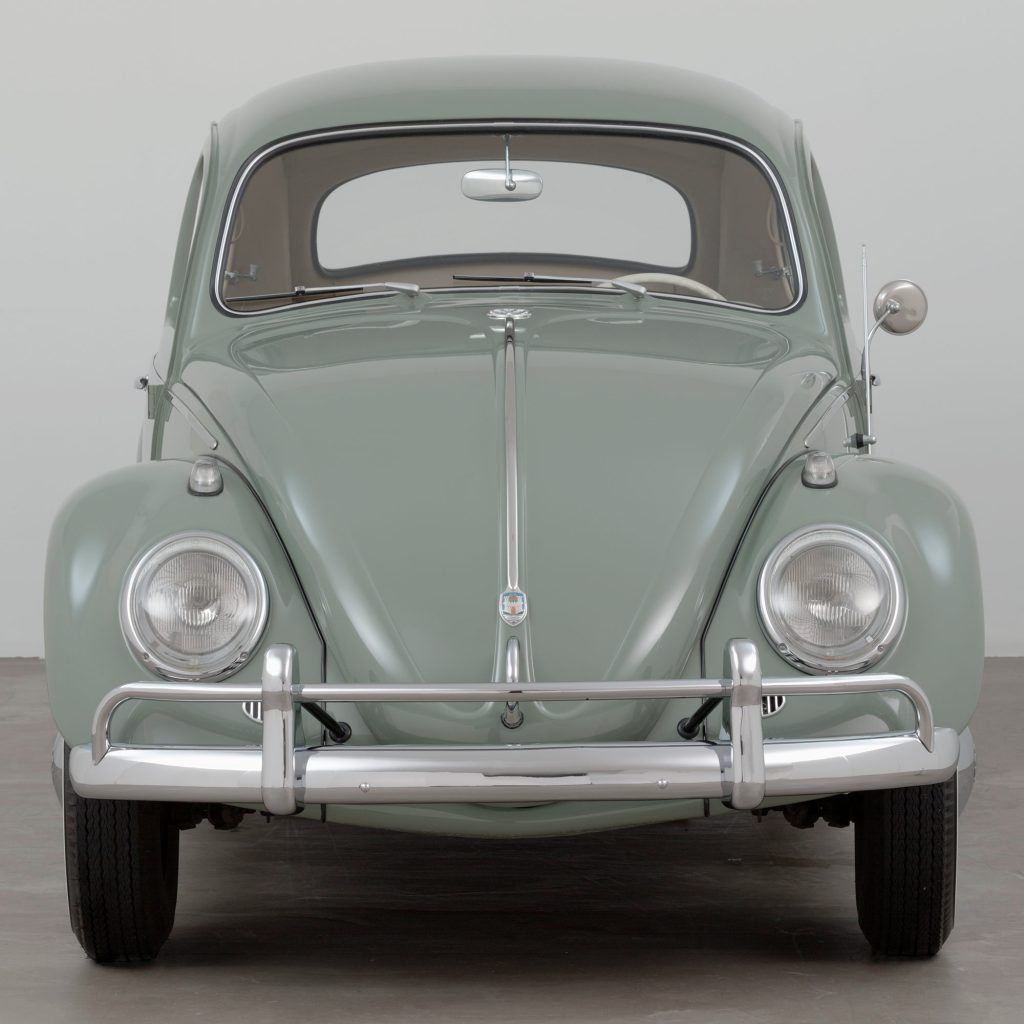[ad_1]
The Museum of Modern Art in New York has long had a track record for showing mediums other than painting and sculpture. Helicopters, the @ symbol, net art, and films (before they were considered art) are among the many things that have graced the museum’s galleries in an attempt to expand the definition of modern art, and in that way, it barely even seems strange that MoMA has a history with car culture. This June, not too far from beloved modernist sculptures in MoMA’s famed sculpture garden, viewers will also be able to see a Porsche and a Citroën.
In an exhibition called “Automania,” MoMA will survey car culture and its effect on art history throughout the 20th century—and as part of it, seven vehicles will be shown within the museum’s walls. Five of them are slated to appear in the sculpture garden, and two of those—a Citroën DS 23 sedan (1954–67) and a Porsche 911 coupé (1965)—are new acquisitions that have never before been seen at MoMA.
At a press event earlier this week at the museum, Juliet Kinchin, the curator of the exhibition, said that show will pay tribute to the many roles cars have played throughout history. “Cars really were about technological triumphs and personal freedom, but also harbinger of death and even the end of civilization,” she said.
This is not the first time MoMA has placed cars in its sculpture garden, and if anything, “Automania” may even be considered a self-allusion to a different MoMA show, 1951’s “8 Automobiles,” which famously did something similar. In that exhibition, curator Phillip C. Johnson aimed to expand notions about what qualified as art by putting the focus on cars, which he called “hollow, rolling sculpture.” Writing in ARTnews, critic Dorothy Seckler said of that show, “Eight automobiles that have invaded the museum’s back garden and terrace, bring at last within the discreet jurisdiction of museum walls a kind of design that presses in upon us at every hour of the day, constantly worrying both the mind and the eye with the question of what kind of form should follow this function of pleasure transport through space.”
[ad_2]
Source link

